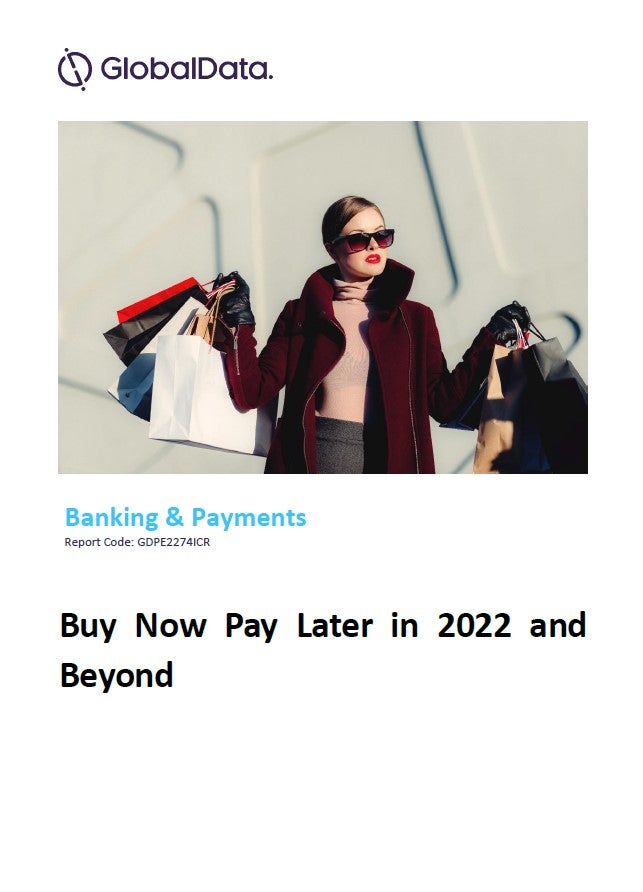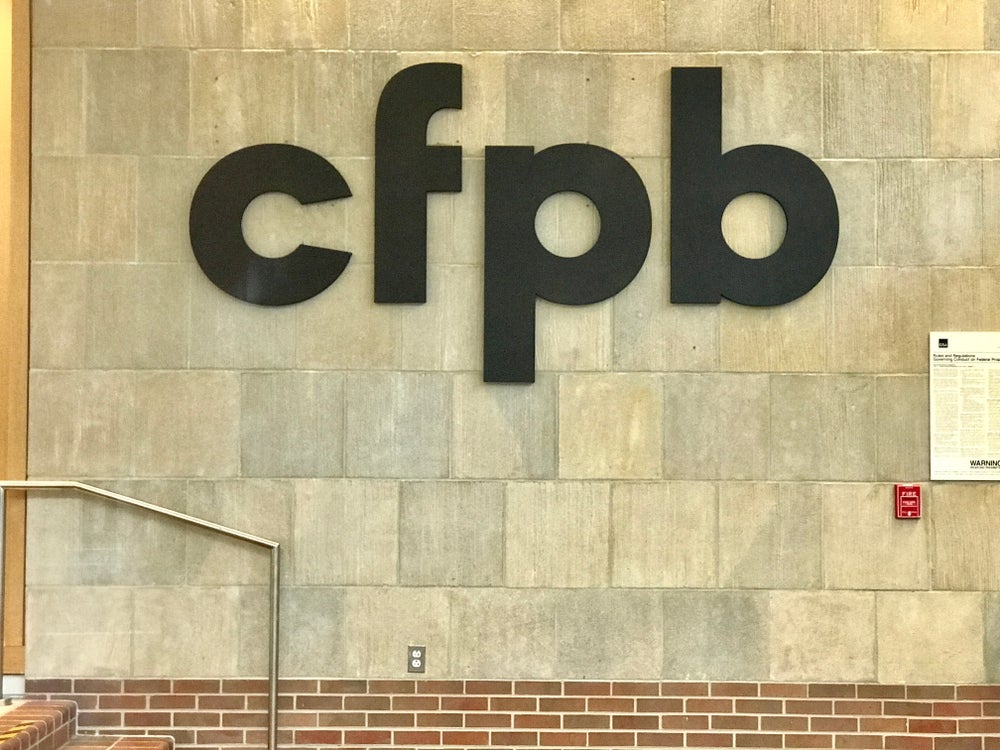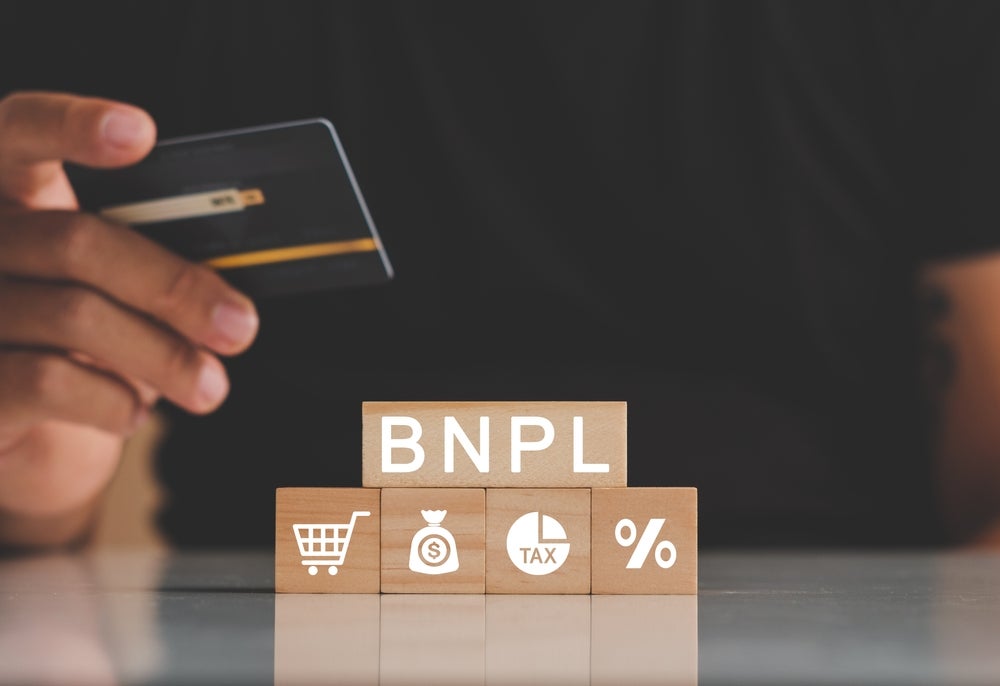Buy Now Pay Later (BNPL) has taken the UK and a number of other markets by storm over the past couple of years and the pandemic-related shift to online shopping and payment has super-charged this already in progress trend, writes Pete Wickes
Financial markets have an opportunity to challenge the existing credit models and change the way consumers think about credit, making for a more inclusive financial sector.
BNPL is Changing Traditional Banks and Retailers
Banks are also pivoting their existing loan products to cope with the rise in consumer demand for BNPL. This rise in demand has been driven by younger generations, with a study from pymnts.com showing that 87% of consumers aged 22 to 44 are interested in BPNL; furthermore, 40% of millennials and 57% of Gen Xers have already used one.
Banks are now targeting young consumers and aiming to use this functionality to capture loyalty and recognition. HSBC and ING have both recently partnered with Divido to bring custom-branded BNPL options on their online checkouts. But it is not only banks that are adapting. Klarna, which started off as BNPL provider, is now pivoting to offer other banking products which they hope will keep their loyal consumers using their products.
How well do you really know your competitors?
Access the most comprehensive Company Profiles on the market, powered by GlobalData. Save hours of research. Gain competitive edge.

Thank you!
Your download email will arrive shortly
Not ready to buy yet? Download a free sample
We are confident about the unique quality of our Company Profiles. However, we want you to make the most beneficial decision for your business, so we offer a free sample that you can download by submitting the below form
By GlobalDataRegulation Is Coming
BNPL loans do not charge interest, which means they are not regulated as credit products. BNPL providers have had free reign operating in a relatively new space so far. But this may change. Authorities are concerned that these services inherently encourage young people to fall into debt, and a level of responsible lending checks is needed to instil confidence in consumers who are sceptical of this type of services.
A regulatory framework will help reinforce the viability of BNPL and enable consumers and merchants to reap the benefits of BNPL in a safe and secure manner, while ensuring financial and social responsibility across the region.
The Future of BNPL
We can also expect to see the BNPL sector infiltrate beyond the retail and consumer goods sector. Expect the travel industry to allow buying trips now but paying for them later – a potentially vital lifeline for an industry that has struggled during the pandemic.
Pete Wickes is General Manager, Enterprise EMEA, Worldpay from FIS








